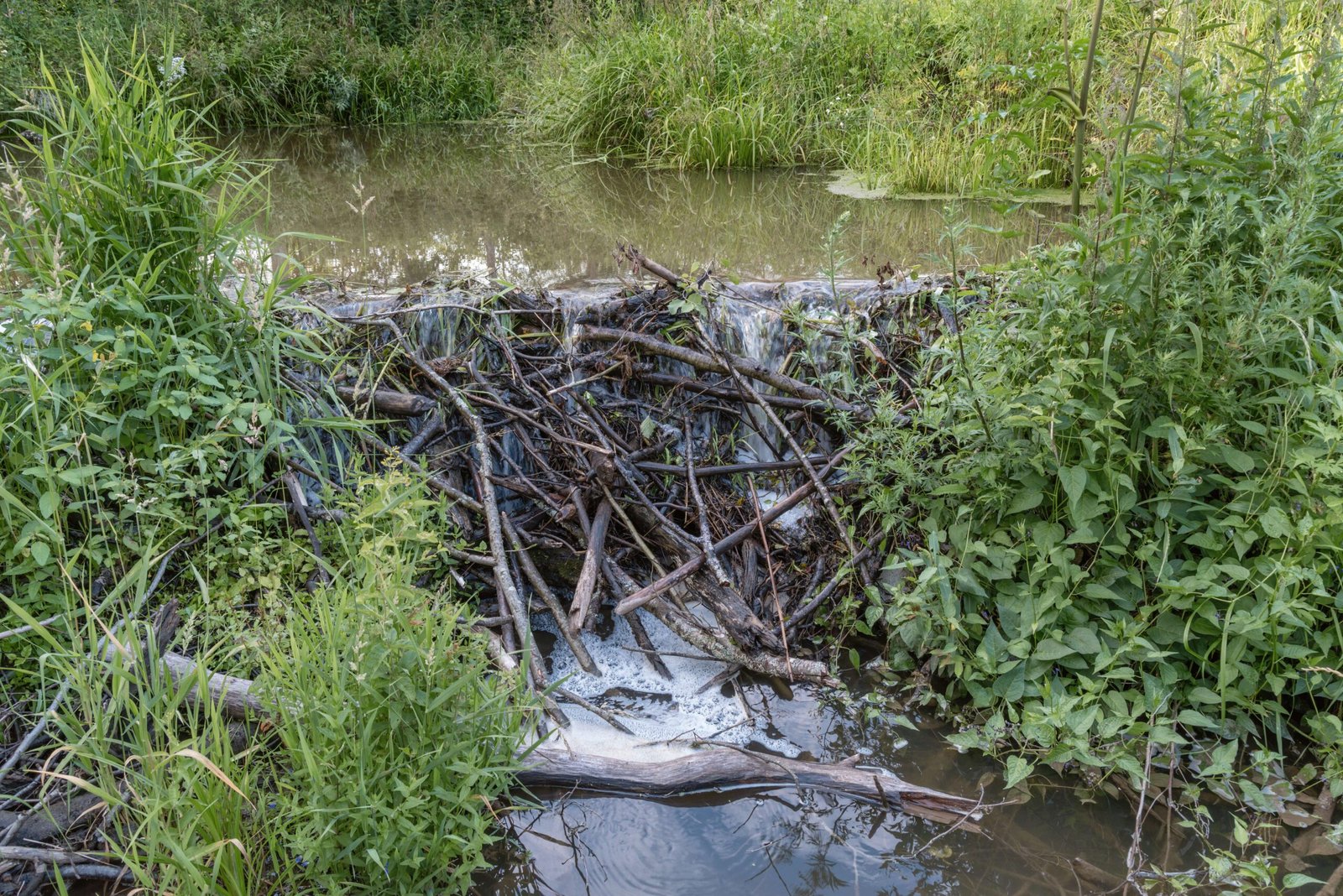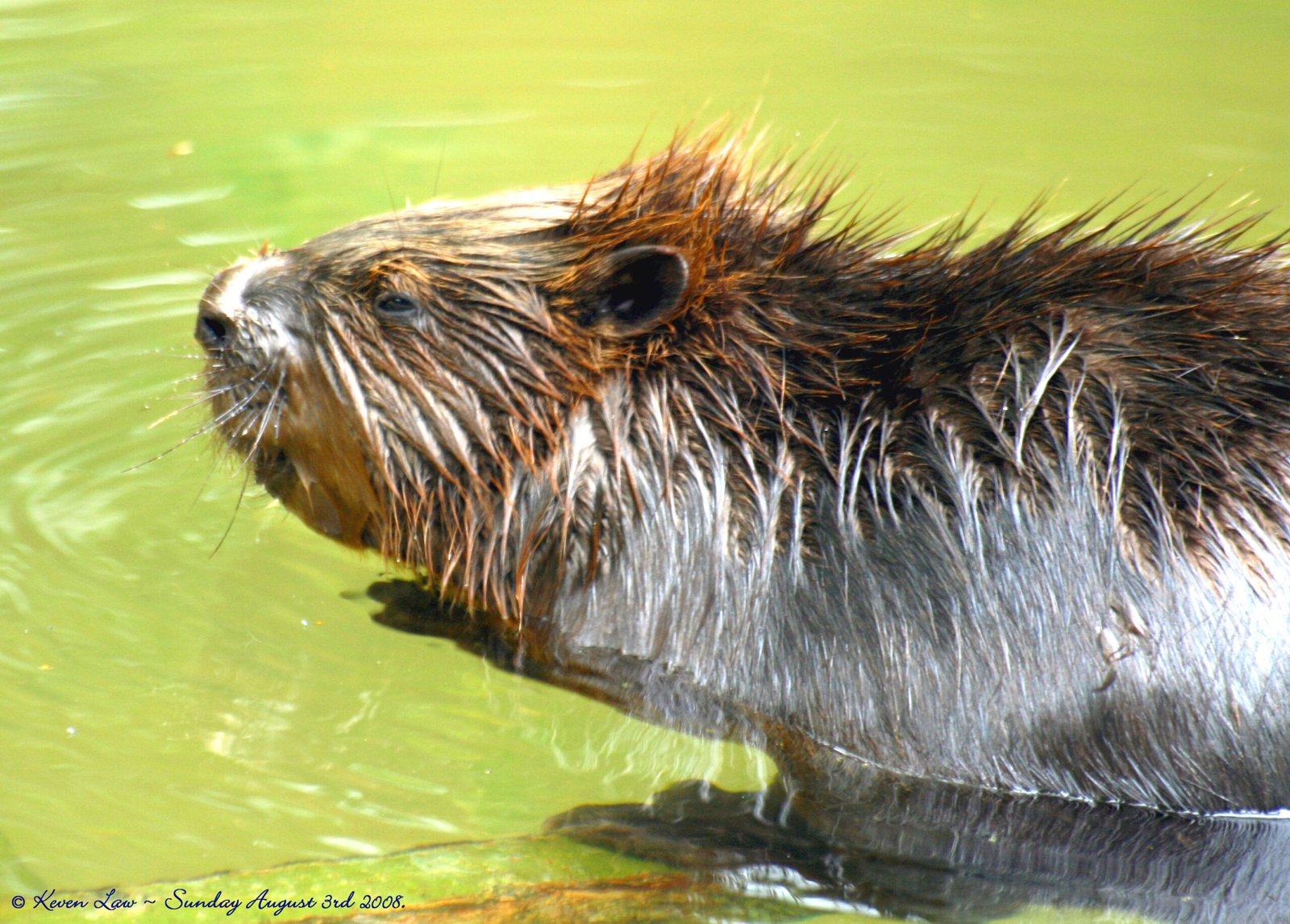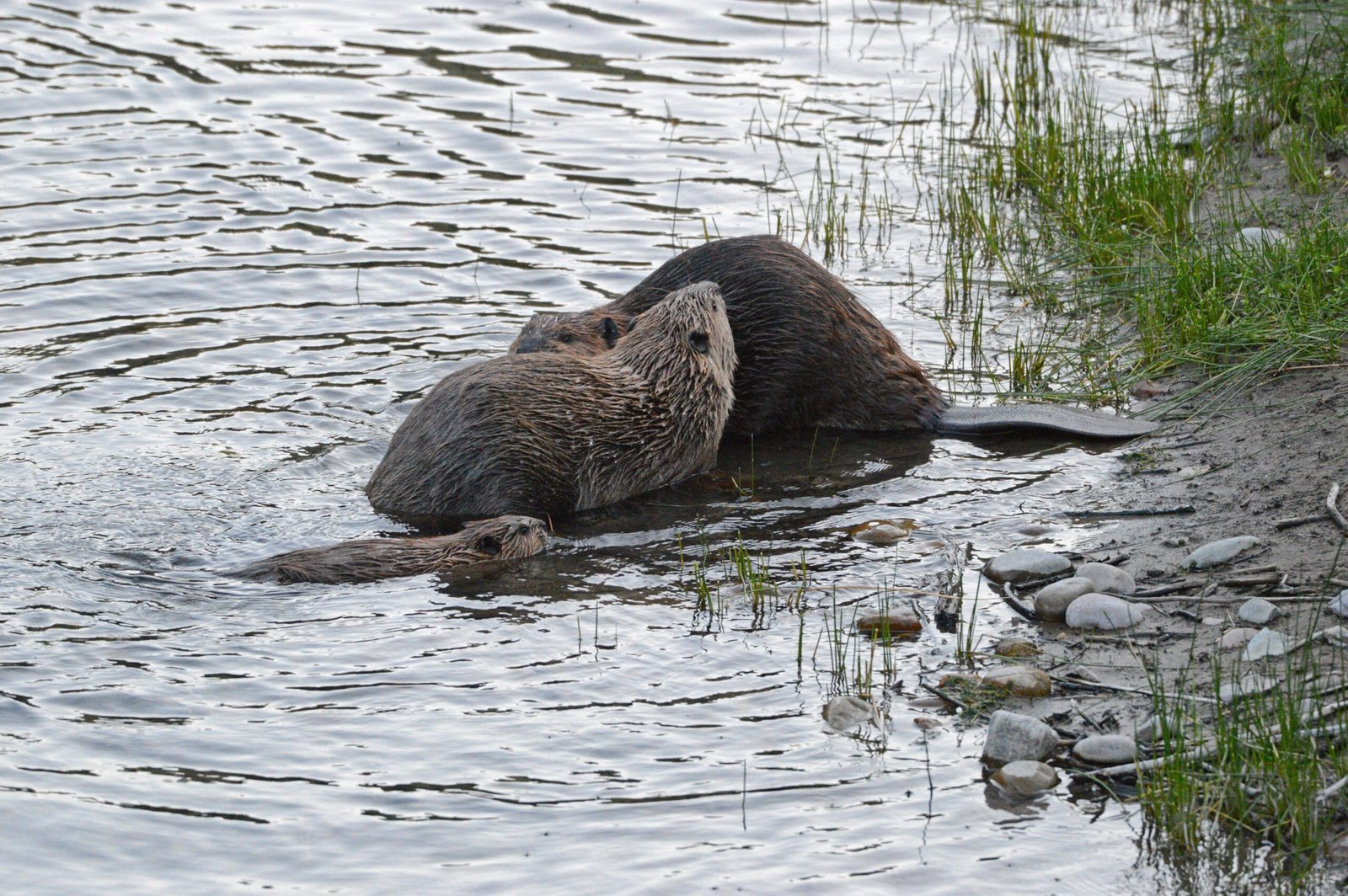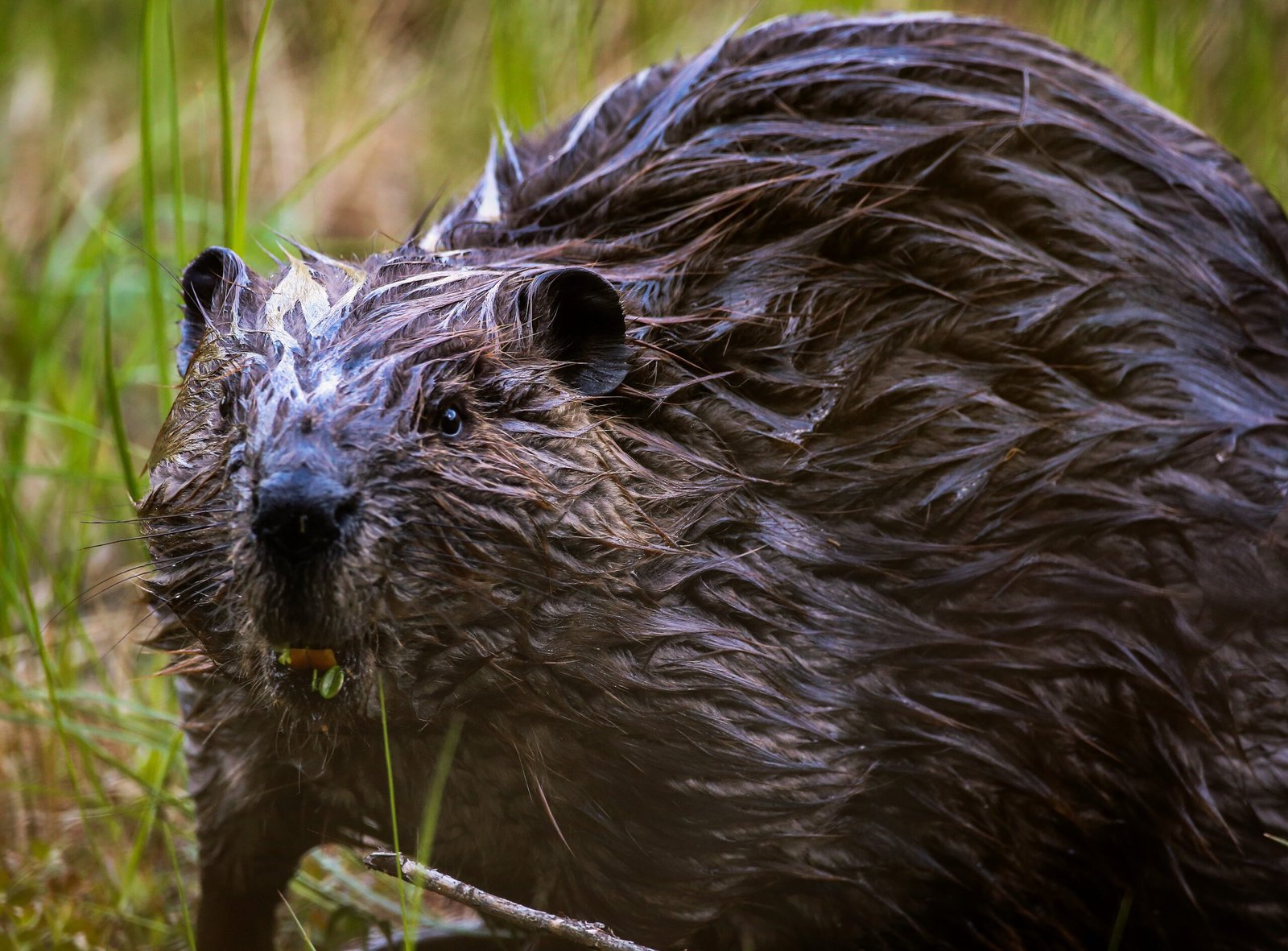Imagine standing by a quiet forest pond when, suddenly, a sharp slap cracks through the air, sending ripples across the water and a jolt through your heart. For a moment, it feels as if the entire pond is holding its breath. This startling sound is the work of a beaver, and it’s more than just noise—it’s a primal warning, a deeply rooted instinct triggered by sound. As scientists observe these fascinating creatures, they’re learning that understanding beaver behavior might unlock the secrets behind how animals, including humans, react instinctively to certain sounds. The humble beaver is showing us how sound shapes survival, communication, and the very instincts that lie beneath the surface of conscious thought.
The Astonishing World of Beavers

Beavers are much more than cute, buck-toothed critters building dams in remote streams. They are master engineers, architects of wetlands, and, perhaps most intriguingly, experts in using sound to communicate and survive. Their behaviors are deeply intertwined with their environment, making them a perfect subject for studying natural instincts. When beavers slap their tails on the water, they’re not just making noise—they’re sending a powerful message. Observing beavers in the wild reveals a rich tapestry of behaviors, each with its own purpose and evolutionary history. Every dam, lodge, and splash serves a function, often driven by reactions to specific environmental sounds.
Sound as an Instinctual Trigger

Sound is a universal language, especially in the animal kingdom. For beavers, the sound of a branch breaking or a predator’s splash can trigger split-second decisions. Scientists have found that beavers are hardwired to respond to certain noises with specific actions—usually for protection. This instinct isn’t learned; it’s inherited, passed down through generations. The sharp tail slap on water is a prime example: it’s a warning to family members and a scare tactic for potential threats. These reactions show how sound can ignite deep-seated instincts, prompting immediate, sometimes life-saving, behavior.
The Science Behind Tail Slapping

When a beaver senses danger, its first instinct is often to slap its broad, flat tail against the water’s surface. This creates a loud, unmistakable sound that travels far across the pond. Researchers have measured these slaps and discovered they’re not random. The intensity and frequency of the slap can change depending on the threat level. A gentle splash might signal minor danger, while a thunderous slap signals immediate peril. This behavior isn’t just a quirk—it’s a sophisticated form of communication and a textbook example of how sound triggers instinctual actions in animals.
Beaver Family Dynamics and Communication

Beavers live in close-knit family groups, or colonies, where communication is crucial for survival. Sound plays a vital role in holding these families together, especially when invisible dangers lurk nearby. A single tail slap can send juveniles diving for cover and alert adults to patrol the area. Even the construction of dams and lodges is influenced by the sounds of rushing water or breaking branches, guiding beavers to where repairs are needed. Through generations, beaver families have relied on these instinctive, sound-driven cues to thrive in changing environments.
The Evolutionary Path of Sound Response

Over thousands of years, beavers have evolved to be acutely sensitive to the sounds around them. This sensitivity isn’t unique to beavers—many animals rely on sound-triggered instincts—but in beavers, it’s especially pronounced. Evolution has favored beavers that can quickly react to auditory signals, enhancing their chances of escaping predators or protecting their young. This evolutionary journey shows how vital sound is to survival. The beaver’s reliance on sound-triggered instincts is a living record of adaptation and natural selection in action.
Experimental Studies: Decoding Beaver Reactions
Scientists have conducted fascinating experiments to understand how beavers respond to different sounds. In controlled settings, researchers play recordings of various noises—like splashes, human voices, or animal calls—and observe the beavers’ reactions. Results consistently show that certain sounds, especially those associated with predators or sudden environmental changes, trigger immediate tail slaps and evasive maneuvers. These studies highlight how beavers differentiate between harmless background noise and genuine threats, relying on instinct to make split-second decisions.
Comparing Beavers with Other Wildlife
Beavers aren’t the only animals to react instinctively to sound, but their behaviors are particularly pronounced and easy to study. Wolves might howl to warn their pack, while birds may take flight at the snap of a twig. Yet the beaver’s tail slap stands out as a clear, deliberate response to specific sounds. By comparing beaver behavior with other species, scientists gain insight into the broader world of sound-triggered instincts. This comparative approach helps us understand the universal role of sound in animal survival and communication.
Sound and Human Instincts: Surprising Parallels
Humans, too, are wired to respond to certain sounds without thinking. The sudden screech of a car’s brakes, a baby’s cry, or a thunderclap can make our hearts race and our bodies tense up. Just like beavers, we’re programmed to react to sounds that signal danger or urgency. Studying beavers helps scientists draw parallels to human instincts, shedding light on why we jump at sudden noises or feel uneasy in absolute silence. These shared roots remind us that, despite all our technology and civilization, we’re still connected to the animal kingdom in profound ways.
Implications for Conservation and Ecology
Understanding beaver behavior does more than satisfy curiosity—it has real-world implications for conservation. Knowing how beavers respond to sound can help wildlife managers protect these animals from human disturbances like construction or boating. It also informs efforts to restore wetland habitats, as scientists can use sound cues to attract or repel beavers as needed. By respecting the natural instincts of beavers, conservationists can create environments where both animals and humans coexist harmoniously.
The Future: Unlocking Instincts with Technology

Advancements in technology are opening new doors for studying sound-triggered instincts in beavers and other animals. High-sensitivity microphones, motion sensors, and even artificial intelligence are helping researchers decode the subtle ways animals react to sound. These innovations could lead to breakthroughs in animal communication, behavior prediction, and even the development of tools to prevent human-wildlife conflict. The lessons we learn from beavers may soon ripple out to benefit countless other species—and ourselves.
A New Appreciation for Nature’s Soundscape

The story of beavers and their sound-triggered instincts is more than just an animal tale—it’s a reminder of the hidden intelligence pulsing through the natural world. Every splash, slap, and rustle is a message, a signal that life is unfolding in intricate, surprising ways. By tuning into these sounds, we gain not just knowledge, but a deeper sense of wonder and respect for the creatures we share our planet with. What sounds in nature would you pay more attention to, knowing the secrets they might hold?



